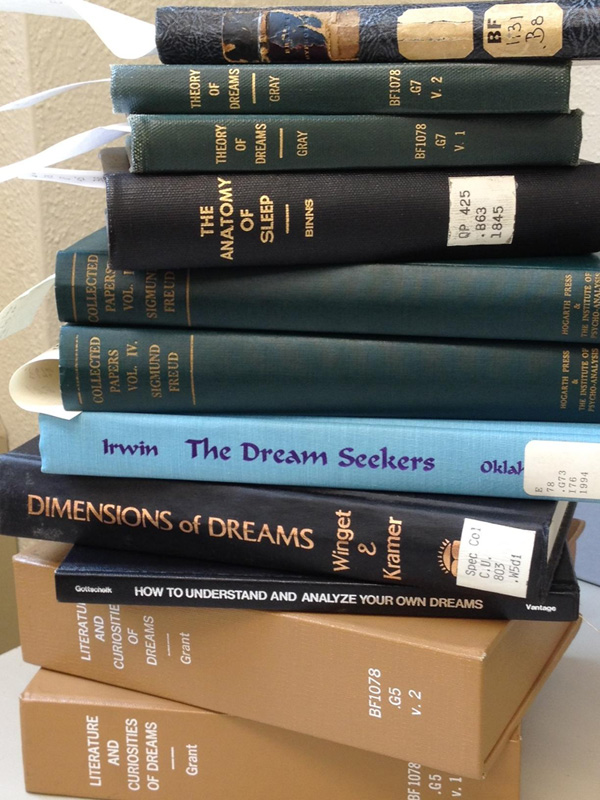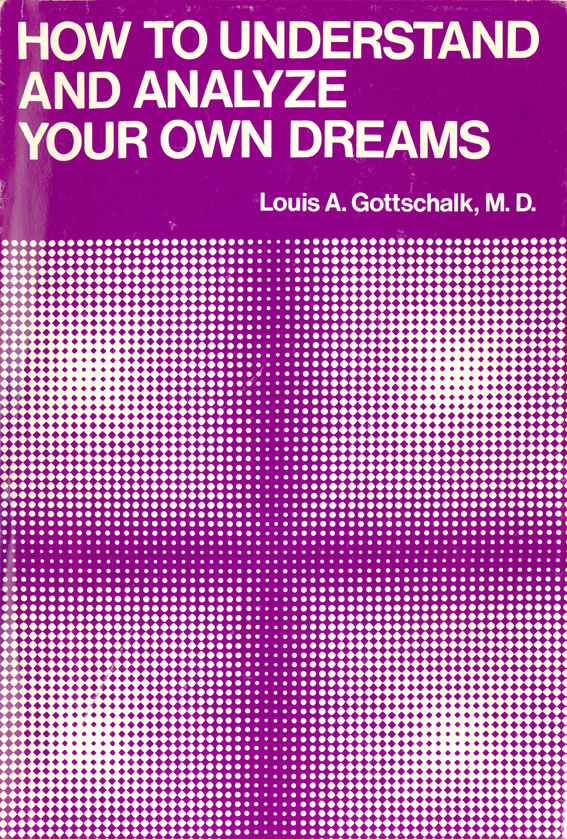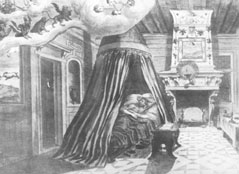By Lauren Fink, ARB Intern, 2011-2012
 Though sayings like, “you can sleep when you’re dead,” abound in American, and especially college, culture, sleep is a crucial activity for maintaining health, conserving energy, and learning. During sleep, the body decreases its temperature by about 1-2 degrees Celsius, rests its muscles, rebuilds proteins, and reorganizing synapses. Increased brain activity occurs in the same areas of the brain that were activated by the learning of a new task during the day and correlates with improved performance on the same task the following day.
Though sayings like, “you can sleep when you’re dead,” abound in American, and especially college, culture, sleep is a crucial activity for maintaining health, conserving energy, and learning. During sleep, the body decreases its temperature by about 1-2 degrees Celsius, rests its muscles, rebuilds proteins, and reorganizing synapses. Increased brain activity occurs in the same areas of the brain that were activated by the learning of a new task during the day and correlates with improved performance on the same task the following day.
Humans spend 1/3 of their lives asleep, with about 1/5 of that time in Rapid-Eye-Movement (REM) sleep. A typical nightly sleep cycle occurs in about 90 minutes with a pattern of stages 1-2-3-4-3-2-REM. Though the exact function of REM sleep remains a mystery, it is known that REM deprivation results in increased time spent in REM when no longer REM-deprived. Dreams, which also remain elusive in terms of function, if not meaning, occur mainly during REM sleep but can also occur during other stages.
 While little is known for certain, the role of dreams in waking life is a common topic of exploration in not only science, but also literature, art, music, film, philosophy, and anthropology. Being a repository for archival and rare volumes in any discipline, the Archives & Rare Books Library has an intriguing collection of books relating to sleep and dreaming that spans multiple genres and disciplines.
While little is known for certain, the role of dreams in waking life is a common topic of exploration in not only science, but also literature, art, music, film, philosophy, and anthropology. Being a repository for archival and rare volumes in any discipline, the Archives & Rare Books Library has an intriguing collection of books relating to sleep and dreaming that spans multiple genres and disciplines.
A forthcoming web exhibit will explore sleep, dreams, and related topics as they correspond to the collections of the Archives and Rare Books Library. Special topics include how to stay awake while reading, the effects of caffeine on sleep cycles, and the role of dreams in literature and discourse, from ancient Egypt, to Christianity, to Native American visionary experience, to science and psychology. Excerpts from the web exhibit will soon be featured on this blog.




